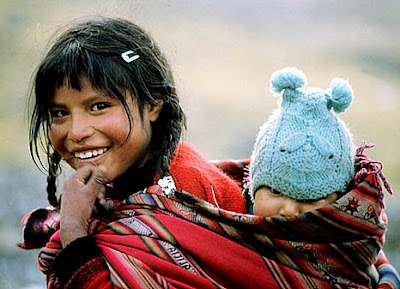Week 3. LANGUAGE BLOG
 |
| Conversation is one of the form of communication |
Part I.
Since I do not have any children. I asked my husband to
do the experiment with me.
à The
so called conversation didn’t last for 15 minutes. I do not think it’s a conversation
at all because I never interact with him. We find the experiment difficult
because there is no way we could communicate or have a conversation without any
symbolic language like speaking, writing and sign language. For me in
communication is a process of delivering a message through actions, words or
signs. Communication is an action, interaction or transaction. It is next to
impossible to have a conversation or communication without the factor of the
process of delivering the message. Though I can see, hear, observe and
understand what my husband is trying to express or say but since I could not
use any symbolic language, there is no communication at all. It is like I’m
blocking myself to the communication process.
à The
impression is like talking to a wall or falling on deaf ears. No answer, no
movement, no expression, no sign, no communication at all. Of course he altered
the way he communicates with me. He’s somewhat confused of what he will do to
communicate with him.
à English
language is considered the international language. I think people who can speak
the English language has the advantage of communicating complex ideas whereas
for culture I think both has its own way of communicating process. There is a big advantage of a speaking
culture to culture of a non- symbolic speaking language. There is a barrier of
communication. In a communication process there is a source, the message, the
channel and the receiver. Once it block by the other, there is no communication
at all. Aside from people with speech deficiencies one of the biggest problem
in communication is the comprehension or understanding exactly what one has try
to convey the message. Another problem is the culture diversity. Like many
cultures though some speak in English but the accent is different so the there
is a barrier of conveying the message. Another hindrance of communication is
between the source and the receiver of the message (age, gender, culture,
education level and the socio-economic status)
Part 2.
à Yes,
communications last for 15 minutes since we both speak same language. It is
somewhat difficult because I couldn’t use my facial expression, my voice
intonation or body gestures.
à My
husband is somewhat bored and not really interested in the conversation because
its lack of total interaction in the communication process. Though I can talk
but without the use of physical embellishments, he finds the conversation not
interesting and decided to end the conversation after 15 minutes.
à Yes.
Through the experiment I realize how it is important to use signs, gestures and
expressions in communication. It is important to use signs, gestures,
expressions and the appropriate intonation so one can convey of what one is
trying to express.
à Yes.
I would say depending on what culture a person has. When some of my body
language could pertain a different meaning to the other unless if both came
from different culture then body language or gesture is one of the easy access
of communicating. There is evidence that gestures vary from culture to the
other.
Part 3.
à Experiment
1 is easier if it permits to use written language if in the situation where
both speak and write same language. However, there is no exact feeling to
written words. Meaning, one can write “I love you” even if he doesn’t really
mean it. Another barrier could be the use of written words grammars and
punctuations could also affect what would somebody try to convey in the written
language. On the other hand if it pertains to two different culture and uses
different symbolic language that would be a big barrier of communication.
à Culture
in many ways has its own language and expresses it through writing either in
symbols or in words. Symbols and signs in a culture is a representation of culture
history. It is a form of identity of the cultures past and present. It’s also a
way to convey of what the culture is all about. It is also that their own
language either written or verbal will preserve culture from generation toward
to the next generations.
à Written
language has a big impact toward globalization because through the written
language laws were imposed, messages were properly given, convey people on what
one has trying to express, people unite. Perhaps language is the most powerful
human symbol for without it I believe there is no unity, no communication, and
no history.

